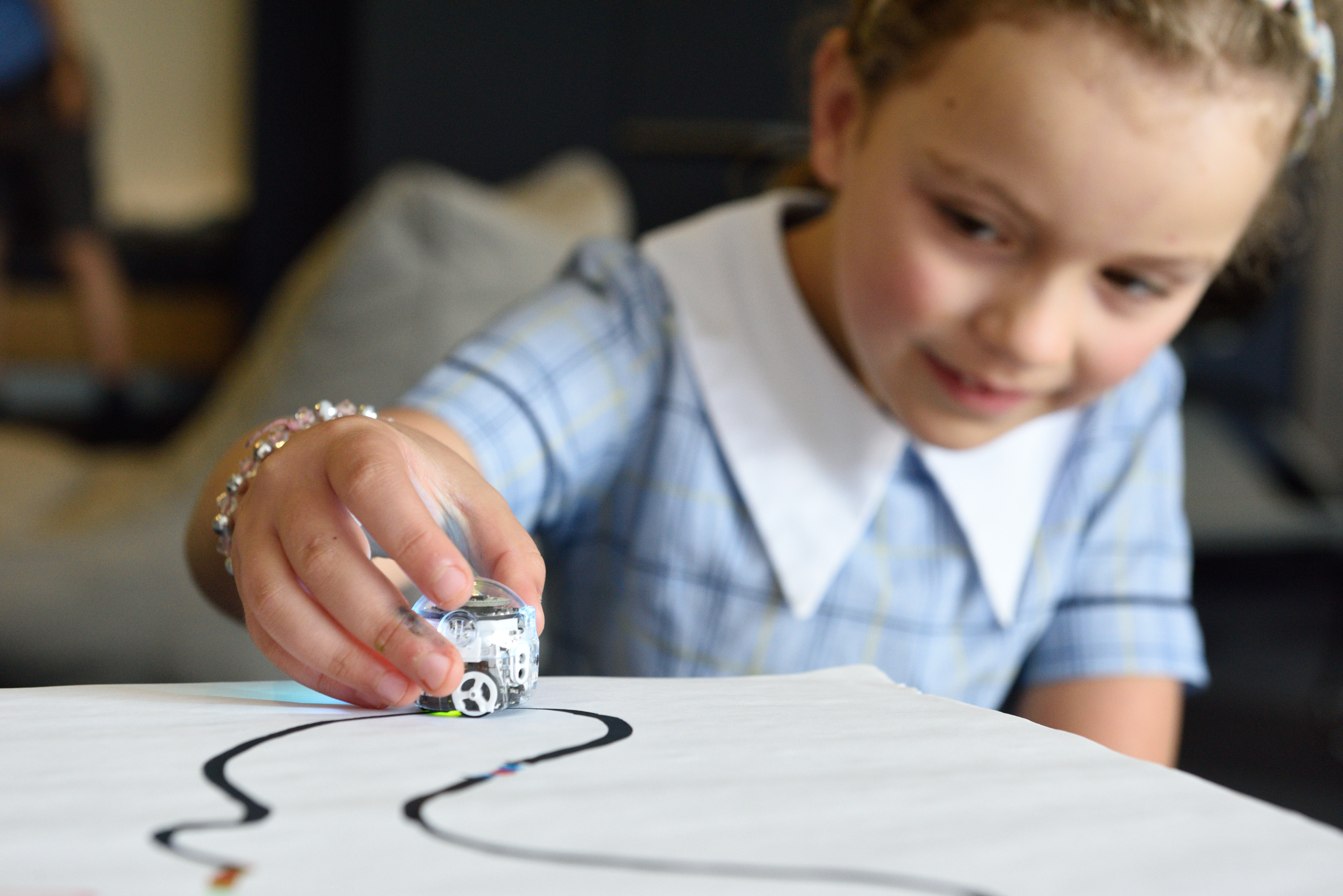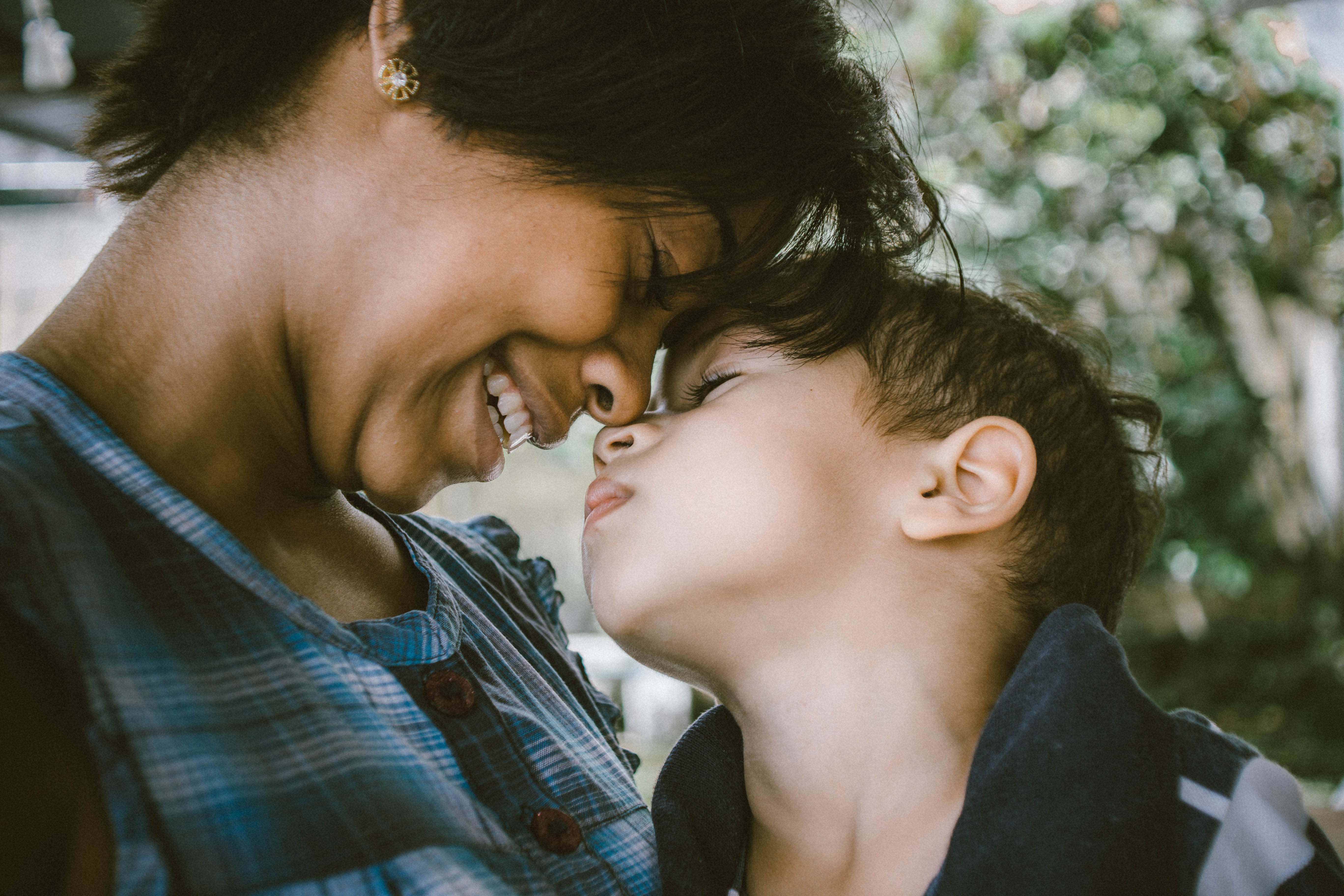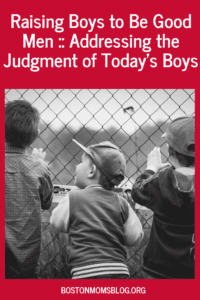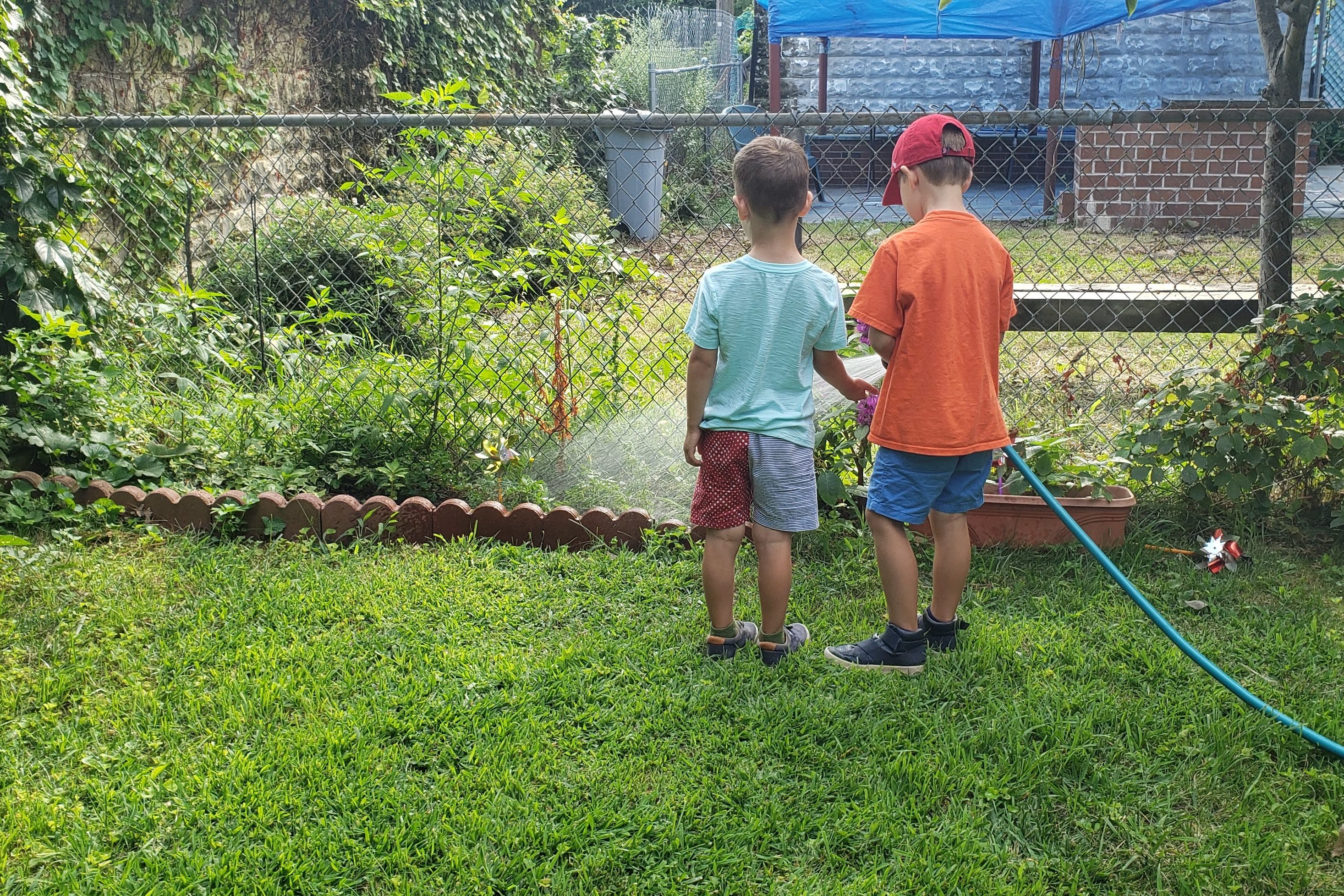
I recently had minor surgery — just one overnight in the hospital. The doctor’s orders were to avoid driving for a week or two, and to not pick up anything over 20 pounds for the same amount of time. This was not open-heart surgery, but it was surgery requiring a hospital stay nonetheless.
Surgery was on Tuesday. I came home from the hospital Wednesday afternoon. And on Saturday I hosted a dinner party for 12 people.
Wait… what?
When speaking to one of my dearest friends a week before surgery, I mentioned I was having these people over for dinner on Saturday. Her reaction was, “Oh my God, you’re amazing!” Which, frankly, was what I was going for. I want to be that superwoman who doesn’t let anything slow her down — who fights through obstacles, and commands control over her life and her being and her surroundings, and can have a dinner party three days after getting home from the hospital, and can work full time, raise three little kids, volunteer, have a side business, go out with friends and on dates with her husband, stay on top of social media, be fun at parties, and, and, and, and…
…and I know I’m not the only one. But this is what we do.
Boston is the land of overachievers. Women have kids later here than in other parts of the country because we are getting degrees, starting companies, climbing ranks to upper management, running charities, running marathons. And by the time we have kids, our identities are so deeply entrenched in so many things, and we’re so used to pushing as hard as we can, that stopping or even slowing down to take one single breath feels like abject failure. And we refuse to fail.
Dammit, we refuse to fail.
But back to that conversation with my friend. When she said, “You’re amazing,” I waited to feel proud. After all, that’s what I was going for. I expected that I would feel superior to all the other people out there who would have canceled the party. In my mind, canceling would be giving in and letting go of the notion that I could do everything I set my mind to. I thought I wanted to be told I’m “amazing.”
Instead, when she said it, I heard a screaming voice inside my head. A voice saying, “NO! Don’t tell me I’m amazing! Tell me to stop! Please tell me to stop!”
Because sometimes we need to be told to stop. Sometimes it’s not OK to keep pushing. Sometimes it’s OK to say, “I can’t do this.” But nobody tells us to stop. Everyone tells us we’re amazing and asks how we do it and applauds us and throws confetti as we slowly drive ourselves ragged into the ground.
The worst part is that as much as I can’t stop pushing myself to a point that I know isn’t right, for a reason I know isn’t valid, I force the ideal on other women too. I stare starry-eyed at the executive philanthropist aerobicized socialite stylish fun moms and wonder how I can be more like them. I assume there is just some genetic code they have that I don’t that makes them “better” than me.
I’ve been consciously trying to change this.
When a friend tells me about something she’s doing that feels like too much, I have stopped saying, “Wow, you’re amazing.” I’ve started saying, “Geez, that seems like an awful lot to take on. Do you want to talk through it?” or “I’m surprised — it seems like you have so much going on already. What’s your goal in taking this on?” Sometimes she’ll be surprised, appreciative, and talk to me about some of the challenges around her myriad obligations. More often, though, she’ll laugh and make a comment like, “Oh, you know me, I can’t sit still.” And that’s the end of it. Because she can’t stop, just like I can’t stop.
But I do wonder, if that dear friend who told me, “You’re amazing” had instead told me “That sounds like a terrible idea and I hope you reconsider,” would I have? If deep in my mind I wanted to be told to stop, would I have listened? Or would I have had the dinner party anyway and taken its success as proof that I can do everything I’m doing and maybe I should be doing more?
I hope that someday someone does tell me to stop — to slow down.
I hope someone tells me that and they mean it, and they won’t think less of me if I listen. And I hope I do listen. And I hope when I gently nudge others to reconsider the constant pushing and consider slowing down, that they listen. Because until we start questioning this insane, ever-accelerating hamster wheel we’ve put ourselves and each other on, we’ll never untether ourselves from the grind of proving that we are impossibly, unhealthily, “amazing.”
Author’s Note: You may notice this is published anonymously. There is a bit of irony there, and also a bit of “duh.” I chose not to attach my name to this because, while I would love to be the brave trailblazer who sticks her neck out and says, “Me! Look at me! I can’t do everything and I need some help over here and that’s OK!” I’m just not there yet.
I envision my future clients Googling my name to investigate what I’m about, and seeing this article. My mind runs through all the doubts they would have about my ability to handle the work. “If that woman is so overwhelmed by life, was she the right choice to lead the project? Is she going to flake out?” I imagine volunteering for a PTO event and others doubting whether I am pulled together enough to handle it.
We need to help each other and recognize that we are all just fallible humans, and that’s OK. While I’d love to be the one to scream it from the rooftops, right now I perceive that it would be a big risk to me. And plus, let’s face it — like the article says, it’s tough to admit weakness. I’m not ready to be the figurehead for fallibility. But please know I’m here, plugging away every day to allow myself to be less “amazing” and also trying to help those around me to do the same.











 I pride myself in trying to be the least judgmental mom I can be, and there are very few things I see parents do that make me cringe.
I pride myself in trying to be the least judgmental mom I can be, and there are very few things I see parents do that make me cringe.

















